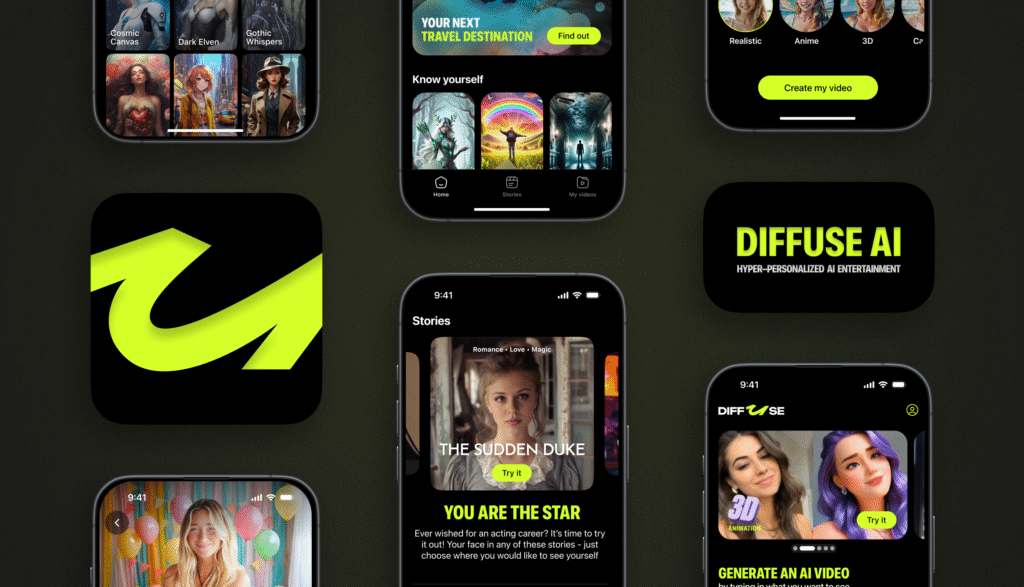AI video generation has moved from experimental to mainstream. Content creators, marketers, educators, and businesses are now using AI tools to create professional-grade videos in minutes—without expensive equipment or advanced editing skills.
This article covers the top 5 AI video creation tools in 2025, based on quality, features, usability, and industry adoption.
Runway Gen-3 Alpha
Why It’s Leading:
Runway’s Gen-3 Alpha sets the benchmark for text-to-video quality. It uses advanced diffusion models, producing cinematic videos with natural motion and consistent subject tracking.
Key Features:
- High-fidelity text-to-video generation (up to 10 seconds per clip).
- Multi-frame interpolation for smoother animations.
- Supports video editing, inpainting, and background replacement.
- Cloud-based rendering for speed and collaboration.
Pika Labs

Why It’s Popular:
Pika Labs specializes in fast and creative video generation. With simple prompts, users can create animated scenes that look polished.
Key Features:
- Real-time preview.
- Option to animate still images.
- Intuitive UI with community-driven prompt sharing.
- Affordable pricing tiers for creators.
Synthesia

Why It’s Essential:
Synthesia focuses on AI avatar-based videos—perfect for corporate training, explainer content, and marketing campaigns.
Key Features:
- 120+ AI avatars with lip-sync accuracy.
- Multi-language voice generation.
- Script-to-video automation (just paste your text).
- Easy brand customization (logos, colors).
Kaiber
Why It Stands Out:
Kaiber is designed for artists and music creators. It turns audio tracks or still images into dynamic AI visuals, often used for music videos and creative storytelling.
Key Features:
- Style presets (anime, cinematic, abstract).
- Audio-reactive visuals.
- Timeline editing for precision.
- Easy export for TikTok, Instagram, and YouTube.
Higgsfield AI
Why It’s the Future:
Higgsfield focuses on realistic character-driven videos using generative AI. Its strong facial consistency and motion tracking make it ideal for narrative content.
Key Features:
- Text-to-video with advanced motion realism.
- Face and character consistency across scenes.
- API for integration with apps and platforms.
- Upcoming full-length video capabilities.


